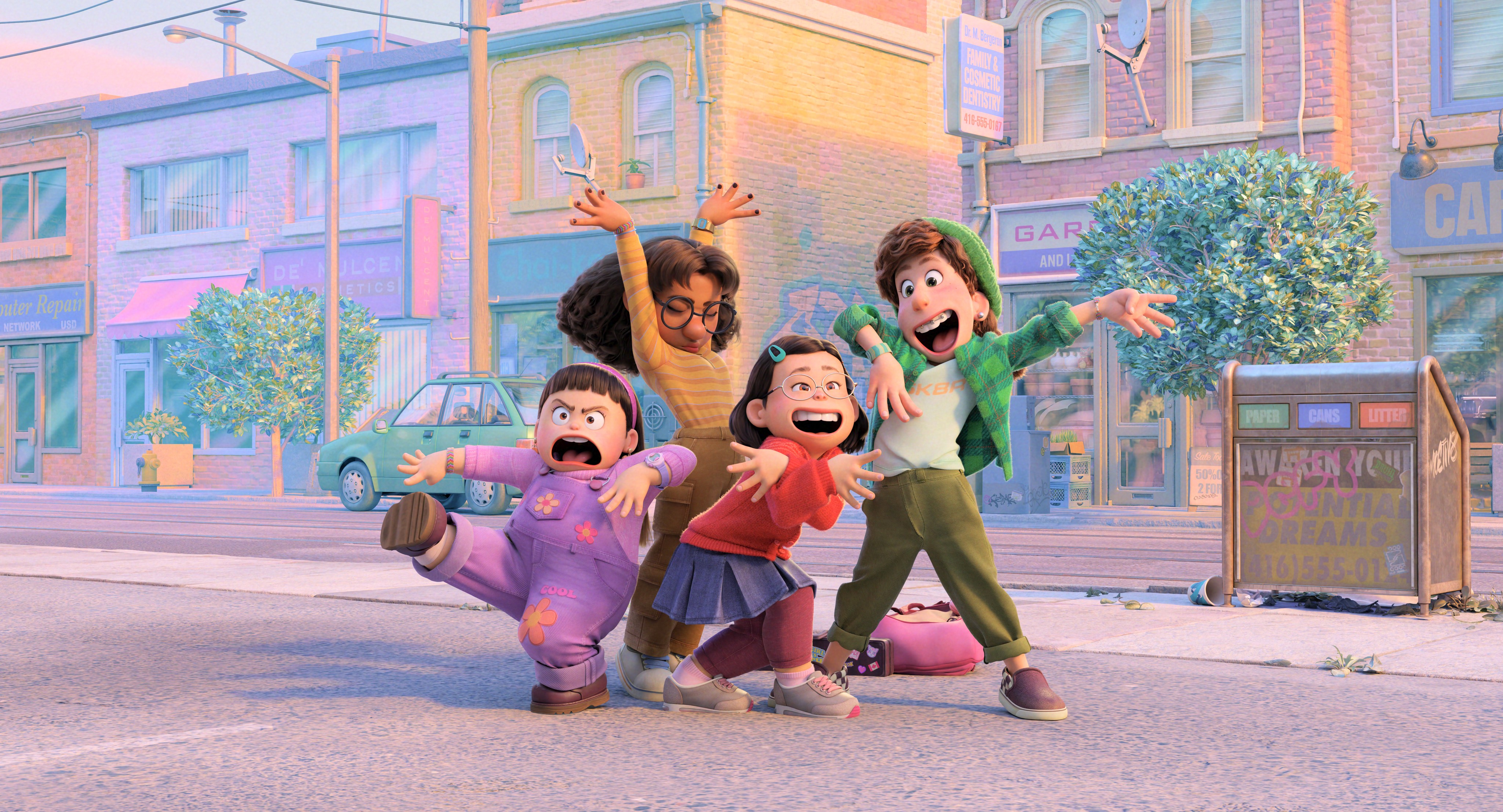Escrito por: Gretchen Sims | Editor-in-Chief
Advertencia sobre el contenido: this article contains spoilers.
When Netflix announced that they would be re-remaking “Avatar: The Last Airbender” as a live-action series, expectations were high. As a childhood favorite to many, another failed remake was all that was on fans’ worried minds.
Starring Gordon Cormier as Aang, Kiawentiio as Katara, Ian Ousley as Sokka and Dallas Liu as Prince Zuko, the release of “Avatar: The Last Airbender” was, unfortunately, met with mixed feelings.
When the show was set to hit production, Netflix announced that the original creators of the Nickelodeon cartoon, Michael Dante DiMartino and Bryan Konietzko, would work as executive producers on their live-action remake. This news excited fans who were, not long after, met with the disappointing news that DiMartino and Konietzko had departed from the show, citing creative differences — the two received writing credits for the first and sixth episodes. This disheartening turn of events raised questions regarding the show’s integrity to the original cartoon.
First, I want to preface with the fact that this new remake was nowhere near as awful as the first attempt, which went as far as to mispronounce its character’s names. It was not as good as the original, I think anyone could have guessed that, but it wasn’t horrible. However, there were a few aspects of the remake that caused it to fall short of the cartoon.
Growing up, Katara was always my favorite character. As a sister to annoying siblings, who often took on an authoritative position in their lives, I felt myself relating to her. In the Netflix remake, I didn’t get any of that. I felt like the energy and life Katara brought to the cartoon were lost in the live-action — it was as though she were flat and two-dimensional.
Additionally — and there has been a lot of online discourse surrounding this — Sokka’s sexist character arch was cut from the adaptation. In the Nickelodeon series, Sokka starts the show with very sexist views that were instilled in him throughout his childhood, but he slowly loses them as he meets strong women throughout their quests.
While there is an argument for cutting this arch, I think that writing Sokka’s initial sexism out of the show erased an important lesson the original writers wanted to portray. Talking about sexist themes is crucial to fighting gender biases — especially in children’s TV shows.
The show’s creators stated that they wanted to make things darker to make the series not only for kids but “…people who are big fans of ‘Game of Thrones’” as well.
This attempted direction fell more than short and left viewers with a weirdly “edgy” feel — in a “not at all edgy” sort of way.
The cartoon was supposed to be lighthearted to appeal to children, while also teaching valuable lessons to this younger audience. Because this was executed so well, the original “Avatar: The Last Airbender” show was a hit among all ages. Sadly, this new remake does not quite reach this mark — completely overlooking the essence of the original show.
If one is debating whether it is still worth a watch, it is important to ask oneself why they fell in love with the original in the first place. Like I said in the beginning, it’s not horrible, it just leaves out some key components that can leave a returning viewer wanting more.
6.5/10.
Póngase en contacto con el autor en howleditorinchief@wou.edu






